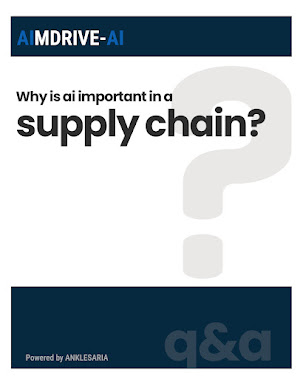How do supply chain managers seek to secure cost reduction?
Once spend analysis is performed and major categories of spend are identified, engage in the following analysis for each major category first, then tackle the medium ones, etc. to identify if the prices and costs we currently incur are competitive:
• Price Analysis: Look at benchmarks related to the price paid by other buyers for the same type of purchases we make. The benchmarks can cover absolute prices as well as trend in price changes over time. This is sometimes sufficient to identify whether our prices are competitive or cost saving opportunities exist.
• Cost Analysis: This is especially relevant and a must-do after Price analysis is performed, for purchases that are non-industry standard (purchases for which there is no industry benchmarks available because few companies buy these specifications). Cost analysis typically starts by developing a view of the average cost structure of products (or services) sold by the industry that we source from. This can be used to compare to cost breakdown data requested from suppliers. It is also the foundation to build Should cost estimates that can be compared to the supplier-provided cost breakdowns (or to the price in case they have not provided a breakdown). This is the ultimate step to identify whether our prices are competitive or cost saving opportunities exist.
• Collaborative Cost Optimization: Work closely with internal stakeholders and suppliers to identify cost-saving innovations. Align incentives to ensure long-term cost efficiency rather than short-term cuts.
Use AIMDRIVE-AI to perform both types of analysis.




Comments
Post a Comment